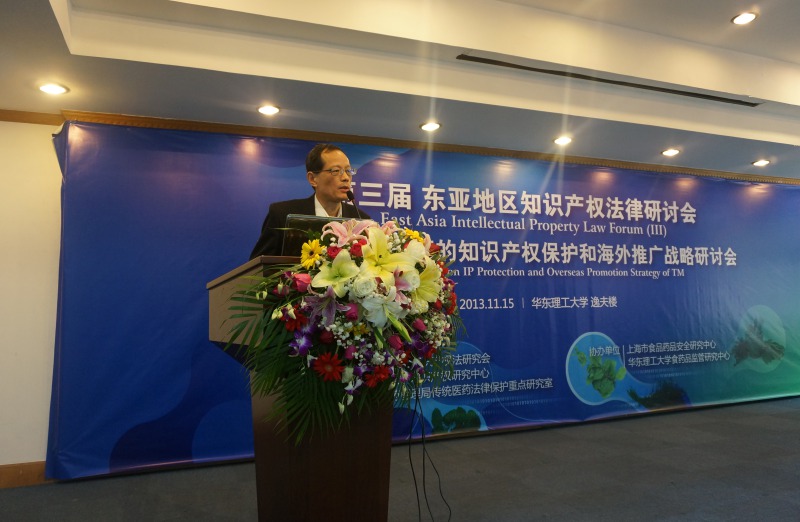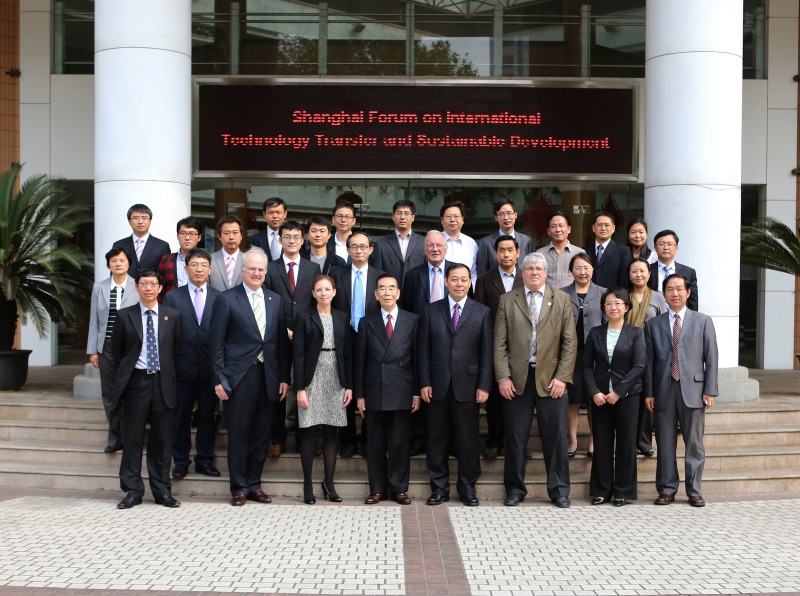Commercialization of Transgenic Rice in China: Potential Environmental Biosafety Issues
Lu Baorong, Fu Qiang, ShenZhicheng
Biodiversity Science 2008,16(5)
Abstract:The development and commercialization of transgenic rice with novel traits inChina may offer more opportunities for promoting rice productivity. Owing tothe significance of rice as a major food crop in China, the enhancement of riceproduction is important for national food security. If left unaddressed,potential bio-safety concerns over the extensive release and commercialcultivation of transgenic rice may hamper the development and application ofthis technology in rice improvement. Bio-safety issues include: (1) effects oftoxic trans-genes on non-target organisms; (2) trans-gene escaping to crops orwild relatives through gene flow and its potential ecological consequences; (3)interactions and influences of trans-genes and transgenic plants onbiodiversity, ecosystem functions, and soil microbes; and (4) the developmentof resistance to insect- or disease-resistant trans-genes in target organisms.In order to safely and sustainably utilize transgenic biotechnology in rice, itis very important to assess bio-safety consequences, including environmentalrisks, from transgenic rice. This paper presents a rational analysis ofpotential environmental bio-safety problems based on the principles of riskassessment, provided that transgenic rice will be released forcommercialization. We hope these analyses will provide useful information forthe decision-making on commercialization of transgenic rice and serve as aframework for the assessment of relevant environmental bio-safety risks.
This thesis can be divided intofour parts:
1, The first part introduces thecommercial planting of GM rice and its environmental biological safety. Itpoints that we should confirm the environmental risks of the commercialplanting of specific GM rice in a ecosystem and make effective managementstrategies.
2, The second part introduces theprinciples of environmental bio-safety and its risk assessment. It points outthe steps for environmental risk assessment of transgenic plants. It mainlyincludes the determination of harmful, the determination of the probability ofoccurrence, the harmfulness evaluation of the effect and the determination andevaluation of risk.
3, The third part introduces the envelopmentbenefits and potential risks for the commercial planting of GM rice in China.The risks include: (1) the effects which the cultivation of resistance GM ricebring on non-target organisms; (2) the escape of rice trans-gene and itspotential environmental risks; (3) the potential impacts of GM rice on soilbiodiversity; (4) the long-term cultivation of GM rice could lead to pestresistance; (5) the other environmental impacts lead by the commercial plantingof GM rice.
4, The final part is theconclusion. The author appeals that when we are faced with the possibleenvironmental bio-safety issues leaded by the commercial application of GMcrops, we should take an attitude of scientific, careful and earnest.Furthermore, we should do positive evaluation of the risk, take effectivemeasures against hazards that may occur, try to avoid and mitigate potential risks and maximize the interests of thecommercial application of GM rice.
next:An Analysis of the Rationality of Safety Policies on Agriculture Genetically Modified Organisms in China


